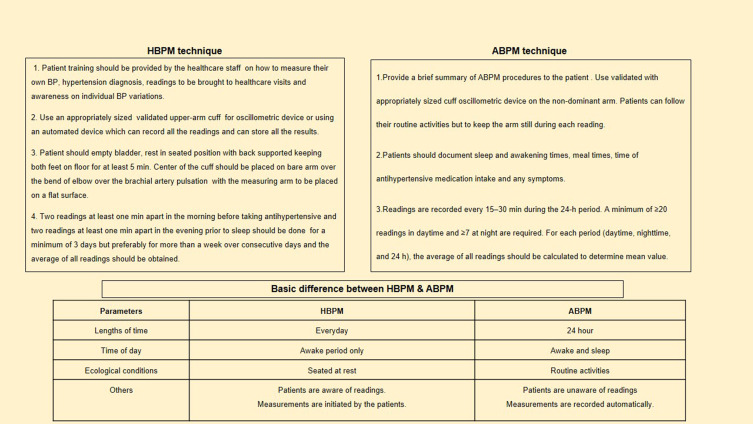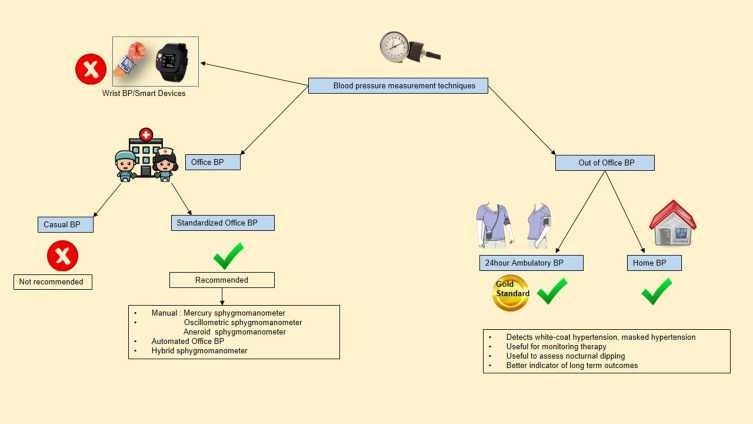慢性肾脏疾病的血压测量:是时候改变我们的临床实践了。
IF 2.1
Q2 UROLOGY & NEPHROLOGY
International Journal of Nephrology and Renovascular Disease
Pub Date : 2022-02-09
eCollection Date: 2022-01-01
DOI:10.2147/IJNRD.S343582
引用次数: 2
摘要
慢性肾脏疾病(CKD)在世界范围内极为常见,并且与心血管疾病(CVD)密切相关。绝大多数CKD患者患有高血压,这增加了心血管疾病(CVD)、终末期肾脏疾病和死亡率的风险。控制CKD患者的高血压在我们的临床实践中是至关重要的,因为它减缓了疾病的进程,降低了心血管疾病的风险。因此,准确的血压监测对CKD的诊断和治疗至关重要。近十年来,关于血压阈值和降压药物治疗目标的三个重要指南已经发表,强调了我们测量血压的方法。对于办公室血压和办公室外血压测量技术,它们在高血压管理中的临床重要性已经得到了很好的定义。尽管血压测量在大多数临床环境中被广泛传播和常规执行,但它仍然不标准化,从业者经常不能遵循基本建议以避免测量错误。这可能导致高血压的误诊和错误处理,特别是CKD患者。在这里,我们回顾了目前可用的所有血压测量技术及其在临床实践中的应用,以及来自各种指南的建议和强调CKD患者的研究差距。本文章由计算机程序翻译,如有差异,请以英文原文为准。



Measurement of Blood Pressure in Chronic Kidney Disease: Time to Change Our Clinical Practice - A Comprehensive Review.
Abstract Chronic kidney disease (CKD) is extremely common all over the world and is strongly linked to cardiovascular disease (CVD). The great majority of CKD patients have hypertension, which raises the risk of cardiovascular disease (CVD), end-stage kidney disease, and mortality. Controlling hypertension in patients with CKD is critical in our clinical practice since it slows the course of the disease and lowers the risk of CVD. As a result, accurate blood pressure (BP) monitoring is crucial for CKD diagnosis and therapy. Three important guidelines on BP thresholds and targets for antihypertensive medication therapy have been published in the recent decade emphasizing the way we measure BP. For both office BP and out-of-office BP measuring techniques, their clinical importance in the management of hypertension has been well defined. Although BP measurement is widely disseminated and routinely performed in most clinical settings, it remains unstandardized, and practitioners frequently fail to follow the basic recommendations to avoid measurement errors. This may lead to misdiagnosis and wrong management of hypertension, especially in CKD patients. Here, we review presently available all BP measuring techniques and their use in clinical practice and the recommendations from various guidelines and research gaps emphasizing CKD patients.
求助全文
通过发布文献求助,成功后即可免费获取论文全文。
去求助
来源期刊

International Journal of Nephrology and Renovascular Disease
UROLOGY & NEPHROLOGY-
CiteScore
3.90
自引率
5.00%
发文量
40
审稿时长
16 weeks
期刊介绍:
International Journal of Nephrology and Renovascular Disease is an international, peer-reviewed, open-access journal focusing on the pathophysiology of the kidney and vascular supply. Epidemiology, screening, diagnosis, and treatment interventions are covered as well as basic science, biochemical and immunological studies. In particular, emphasis will be given to: -Chronic kidney disease- Complications of renovascular disease- Imaging techniques- Renal hypertension- Renal cancer- Treatment including pharmacological and transplantation- Dialysis and treatment of complications of dialysis and renal disease- Quality of Life- Patient satisfaction and preference- Health economic evaluations. The journal welcomes submitted papers covering original research, basic science, clinical studies, reviews & evaluations, guidelines, expert opinion and commentary, case reports and extended reports. The main focus of the journal will be to publish research and clinical results in humans but preclinical, animal and in vitro studies will be published where they shed light on disease processes and potential new therapies and interventions.
 求助内容:
求助内容: 应助结果提醒方式:
应助结果提醒方式:


